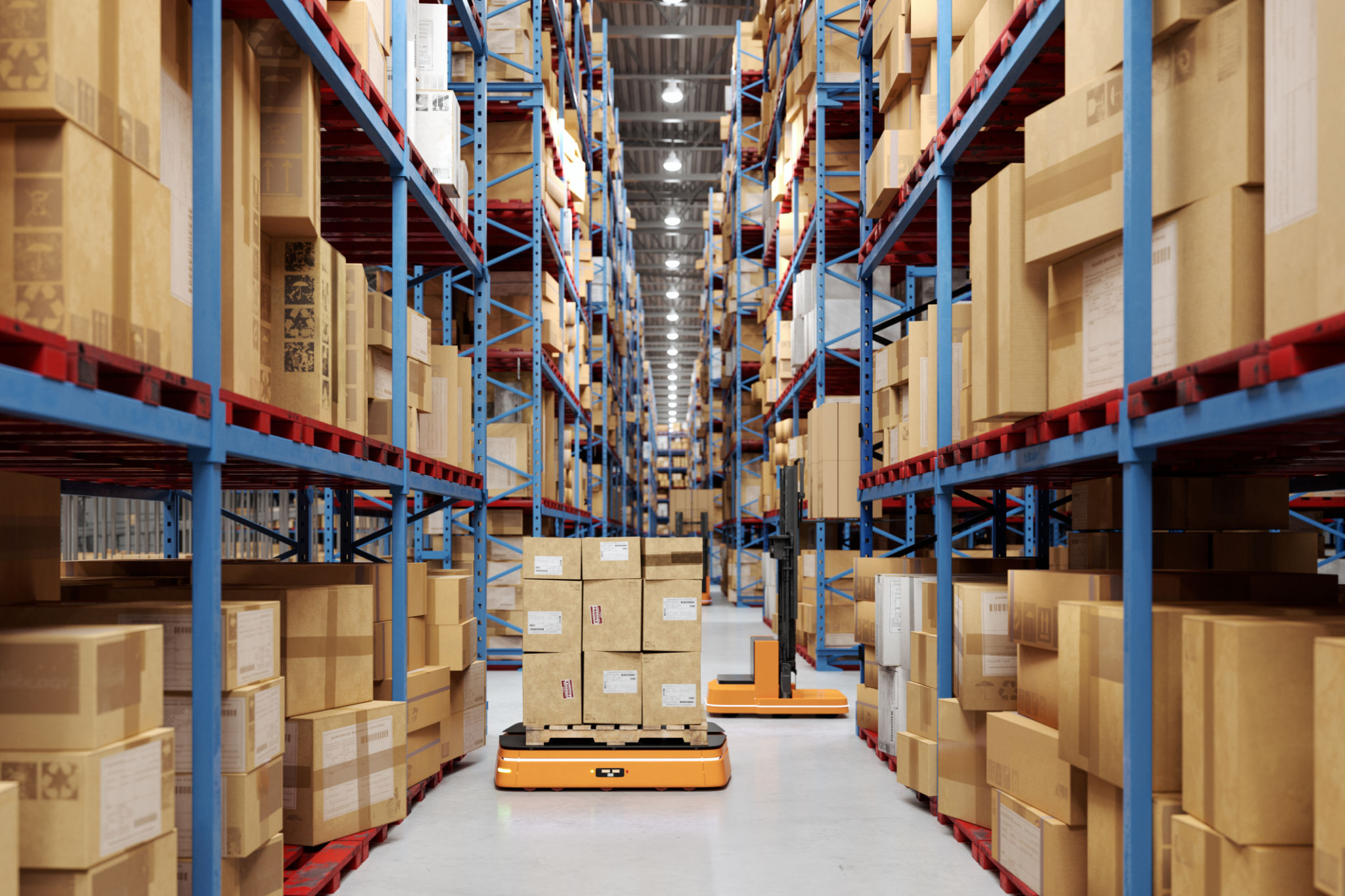How to Prepare Your Industrial Warehouse for Seasonal Changes
Understanding the Importance of Seasonal Preparation
As the seasons change, so do the demands and challenges faced by industrial warehouses. Properly preparing your warehouse for these transitions is crucial to maintain efficiency, safety, and productivity. By anticipating the effects of seasonal changes, you can safeguard your operations against disruptions and ensure a seamless transition.
Seasonal preparation not only helps in maintaining optimal working conditions but also extends the lifespan of your equipment and infrastructure. The key is to adopt a proactive approach that identifies potential issues before they become significant problems.

Conducting a Thorough Inspection
Before any seasonal changes occur, it’s essential to conduct a comprehensive inspection of your warehouse. This will help in identifying areas that require attention and repair. Pay special attention to the following:
- Roof Integrity: Ensure there are no leaks or weak spots that could lead to water damage.
- HVAC Systems: Check that heating and cooling systems are fully operational to handle temperature variations.
- Insulation: Verify that insulation is intact and adequate to maintain energy efficiency.
Address any issues immediately to prevent them from escalating during the harsher months.
Optimizing Inventory Management
Seasonal changes often impact inventory levels and demand patterns. It’s important to review your inventory management strategies to align with these shifts. Consider the following steps:
- Analyze Historical Data: Use past data to predict inventory needs and adjust stock levels accordingly.
- Implement Just-In-Time Practices: This approach can help reduce excess stock and free up space for seasonal items.
- Enhance Supplier Communication: Maintain open lines of communication with suppliers to manage lead times effectively.

Ensuring Employee Safety
Seasonal changes can also affect employee safety within the warehouse. With fluctuating temperatures and weather conditions, it’s crucial to implement measures that protect your team. Here’s how:
- Temperature Control: Ensure that all work areas are adequately heated or cooled to maintain a comfortable environment.
- Slip Prevention: Implement anti-slip mats and proper drainage systems to address wet conditions, especially during winter or rainy seasons.
- Safety Training: Conduct regular training sessions on seasonal safety practices and emergency procedures.
Maintaining Equipment Efficiency
The performance of warehouse equipment can be significantly affected by seasonal changes. Regular maintenance is essential to keep machinery running smoothly. Here are some key points:
- Schedule Routine Maintenance: Ensure all equipment is serviced before extreme weather conditions set in.
- Monitor Performance: Keep an eye on how equipment performs under different conditions and make necessary adjustments.
- Invest in Quality Parts: Use high-quality parts for repairs and replacements to enhance durability.

Adapting Lighting and Energy Usage
Finally, adapting your warehouse's lighting and energy usage according to seasonal changes can lead to significant savings. Consider implementing these strategies:
- Upgrade Lighting Systems: Use energy-efficient LED lighting that can be adjusted based on natural light availability.
- Implement Energy Audits: Conduct regular energy audits to identify areas for improvement and implement conservation measures.
- Optimize Natural Light: Make use of skylights or large windows to reduce reliance on artificial lighting during daylight hours.
By following these steps, you can ensure that your industrial warehouse remains efficient, safe, and productive throughout the year, regardless of the season. Taking proactive measures today will save time, money, and effort in the long run, keeping your operations running smoothly no matter what Mother Nature has in store.
